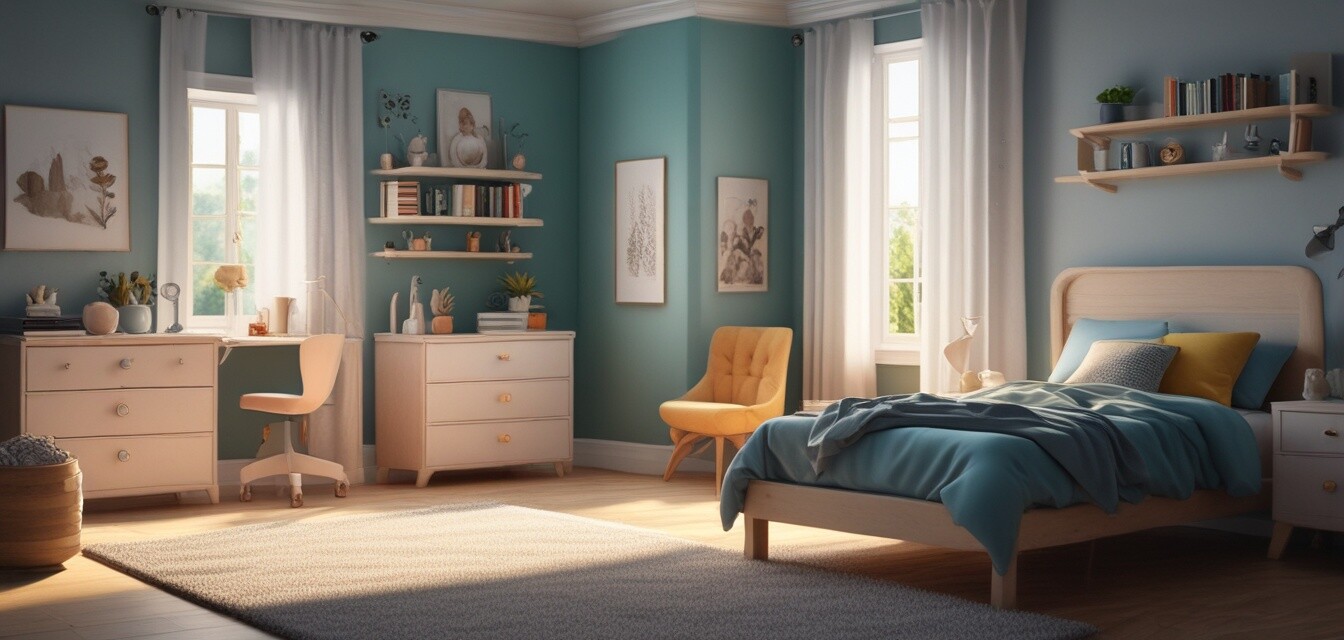
Allergy-Proofing Your Child’s Bedroom
Key Takeaways
- Choosing the right bedding and covers can minimize allergens.
- Air purifiers can help filter out dust and pollen.
- Regular cleaning and hygiene can drastically reduce allergy triggers.
- Utilizing hypoallergenic materials plays a vital role in your child’s comfort.
- Understand the key features to look for when selecting allergy-proof products.
Creating a restful sleeping environment for your child is crucial, especially if they suffer from seasonal allergies. Allergy-proofing the bedroom can help ensure they sleep soundly without allergens disrupting their night. In this comprehensive guide, we’ll explore various products and strategies to minimize allergens in your child's bedroom.
Why Allergy-Proofing is Important
Children spend a significant amount of their time sleeping. An allergy-friendly bedroom environment can play a crucial role in their overall health and well-being. Here are several reasons to allergy-proof your child's bedroom:
- Reduces the frequency and severity of allergy symptoms.
- Provides a more restful night’s sleep, leading to better focus and performance.
- Encourages healthier indoor air quality.
Essential Products for Allergy-Proofing
Below are some essential products to consider when creating an allergy-proof bedroom for your child:
Bedding and Covers
When it comes to bedding, selecting hypoallergenic options is key. Here are some excellent options:
SureGuard Queen Size Mattress Protector
Protect your child's mattress with this waterproof and hypoallergenic mattress protector, ensuring freshness and cleanliness.
Learn MoreHOSPITOLOGY PRODUCTS Mattress Encasement
A bed bug-proof encasement that also protects against dust mites and other allergens, ideal for keeping your child’s mattress clean.
Learn MoreAir Purifiers
An efficient air purifier can help maintain clean air in your child's room by filtering out allergens such as dust and pollen. Look for the following features:
- HEPA filters to trap small particles.
- Quiet operation for nighttime use.
- Compact size that fits easily in a child's room.
Creating an Allergy-Friendly Bedroom Environment
Aside from selecting suitable products, certain practices can further enhance the allergy-friendliness of your child's bedroom. Here are some valuable tips:
Tips for Maintaining an Allergy-Proof Bedroom
- Wash bedding regularly in hot water.
- Avoid heavy drapes or fabric wall hangings that can trap dust.
- Keep pets out of the bedroom.
- Vacuum carpets and rugs frequently with a HEPA-filter vacuum cleaner.
- Implement a no-shoes policy to reduce dirt and pollen entering the room.
Key Features to Consider
While shopping for products to allergy-proof your child’s bedroom, consider the following features:
| Product Type | Key Features |
|---|---|
| Mattress Protectors | Waterproof, hypoallergenic, machine washable |
| Air Purifiers | HEPA filters, quiet operation, compact size |
| Bedding | Natural materials, dust-mite resistant, washable |
Conclusion
Allergy-proofing your child's bedroom is a significant step toward ensuring a restful sleep. Investing in high-quality, hypoallergenic products can make a noticeable difference in minimizing exposure to allergens. Implementing regular cleaning and adopting wise practices will further enhance their sleeping environment. For more guidance, check out our resources on allergy prevention tips and home environment optimization.
Pros
- Reduces allergy symptoms
- Improves sleep quality
- Healthier indoor air quality
Cons
- Initial investment may be high
- Maintenance needed for cleaners and filters

